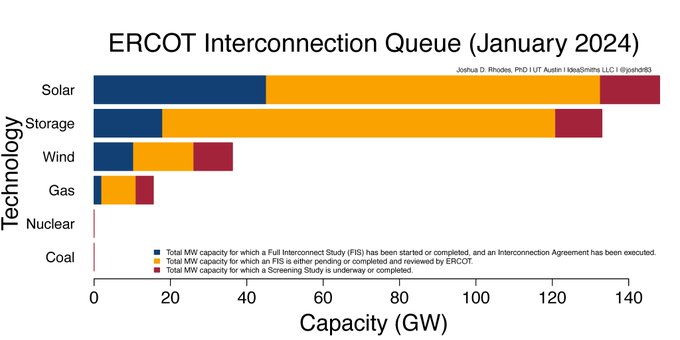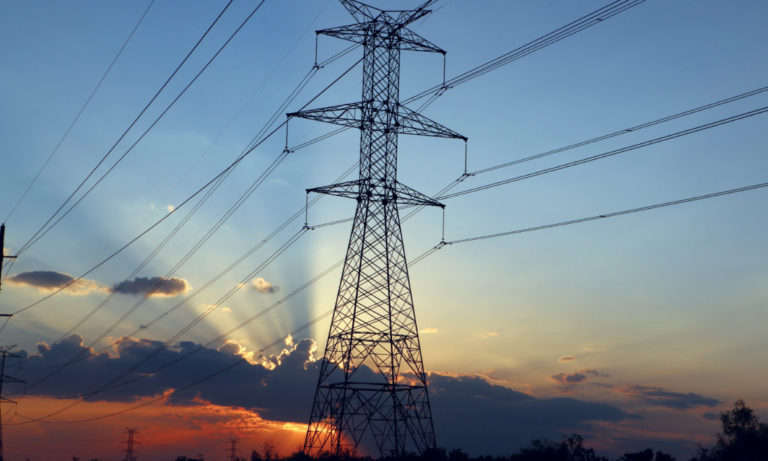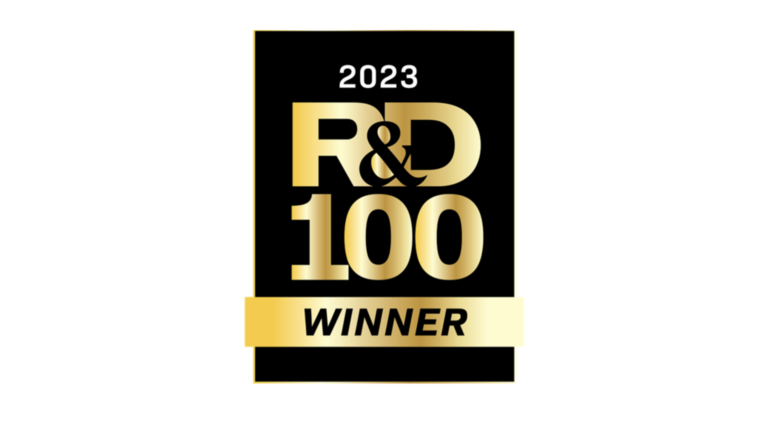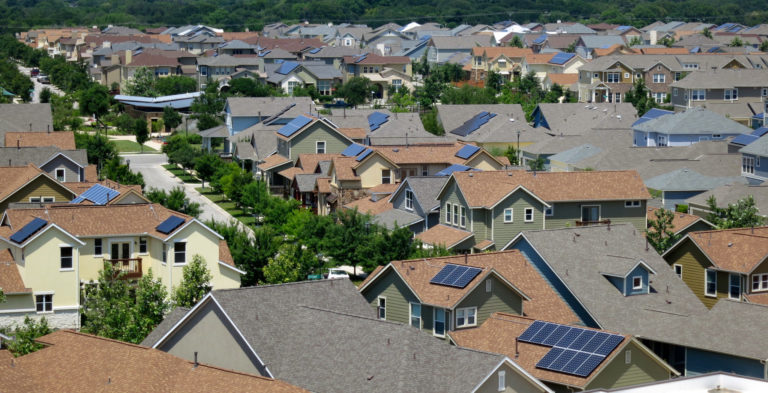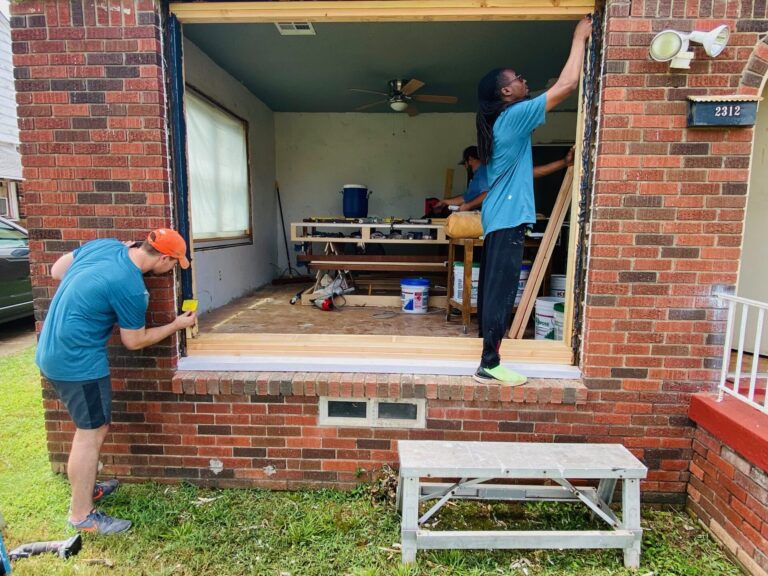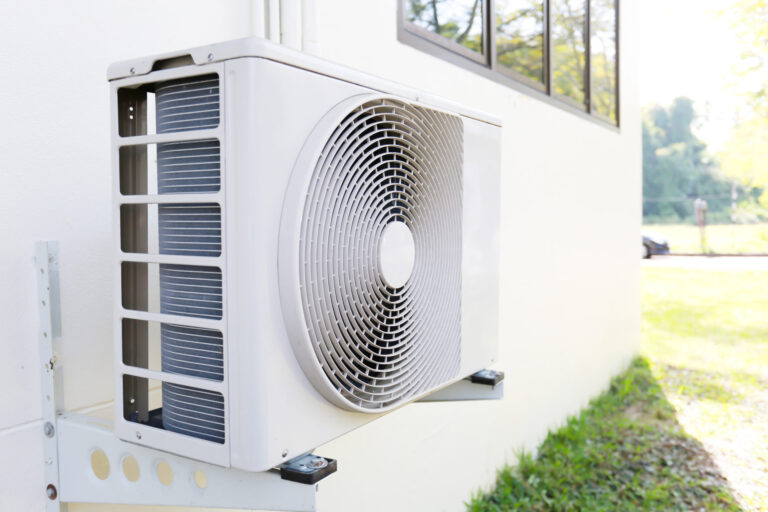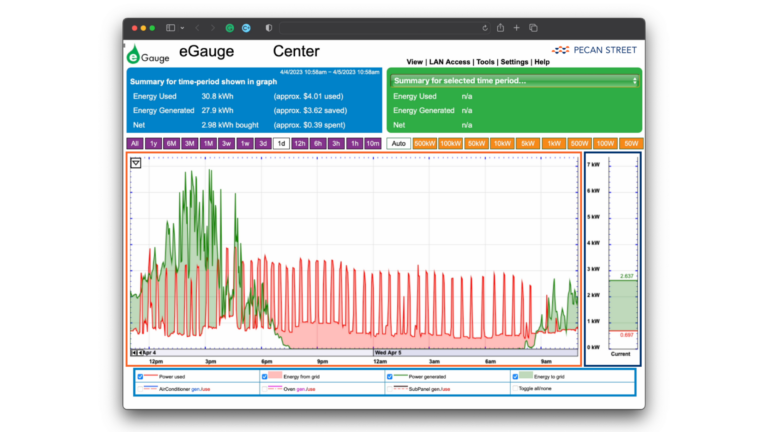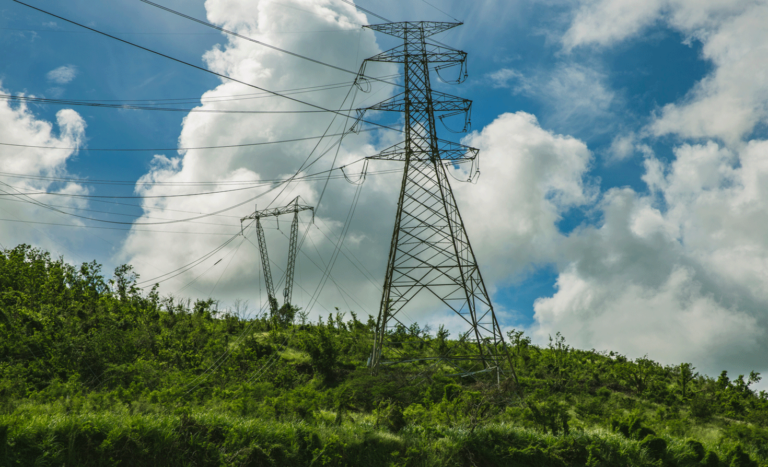May 12, 2022
By Cavan Merski, data analyst, Pecan Street
Pecan Street continues to expand our energy research network of connected homes into California, New York, Detroit and Puerto Rico. A wider variety of homes in a wider variety of locations will help us and research partners dive more deeply into the challenges and opportunities of integrating more renewable energy and efficient technologies into existing and new buildings.
With a couple of dozen homes online in upstate New York, we conducted an analysis to demonstrate what we can learn from comparing the cooling needs of homes there to our large sample of homes in Austin.
Beyond accents and cuisine, there are a lot of differences between New York and Texas. Texas has famously hot summers. But most of the homes in our sample here are built to high efficiency standards, and many of them have rooftop solar. That means we can see how heat and efficiency and on-site clean energy interact and impact energy use and cost.
Because upstate New York has cooler summers, fewer homes there have full-home central air. At the same time, they are very well insulated to stay warm during cold winters.
All this to say that we were interested to see how our homes in these two regions compared now and what will happen in the future as climate change brings warmer summers to most of the country.
We performed a series of regressions to explore differences in the cooling load between homes in Austin, TX homes and Ithaca, NY. Our cooling load data is unique because we individually measure home circuits that power air handlers, condenser units and window air conditioners at one-second intervals, and we can combine that with home size, age and thermostat setpoint data for our sample of homes. After normalizing the sample HVAC loads for temperature, we found that cooling load is more strongly related to home size than it is to home age and thermostat setpoint. However, there were still unexplained differences in our data that we will need to dig deeper to understand.
You can download the full white paper, and you can explore the interactive web tool we built to illustrate the regression plots.
Our analysis uncovered a few areas where policymakers and researchers should focus their efforts:
- Two-way heat pumps have great potential to meet growing cooling demand without a disproportionate increase in energy demand.
- Efficiency, efficiency, efficiency. Advocates have said for years that the cheapest and cleanest kilowatt is the one you never have to use. From more efficient cooling systems to more insulation and tighter building envelopes, efficiency measures should be a major focus of federal, state and local energy policy.
- Existing and emerging technology has significant potential to ease the increase in cooling demand. Demand response and on-site solar+storage can shave meaningful demand from the grid.










